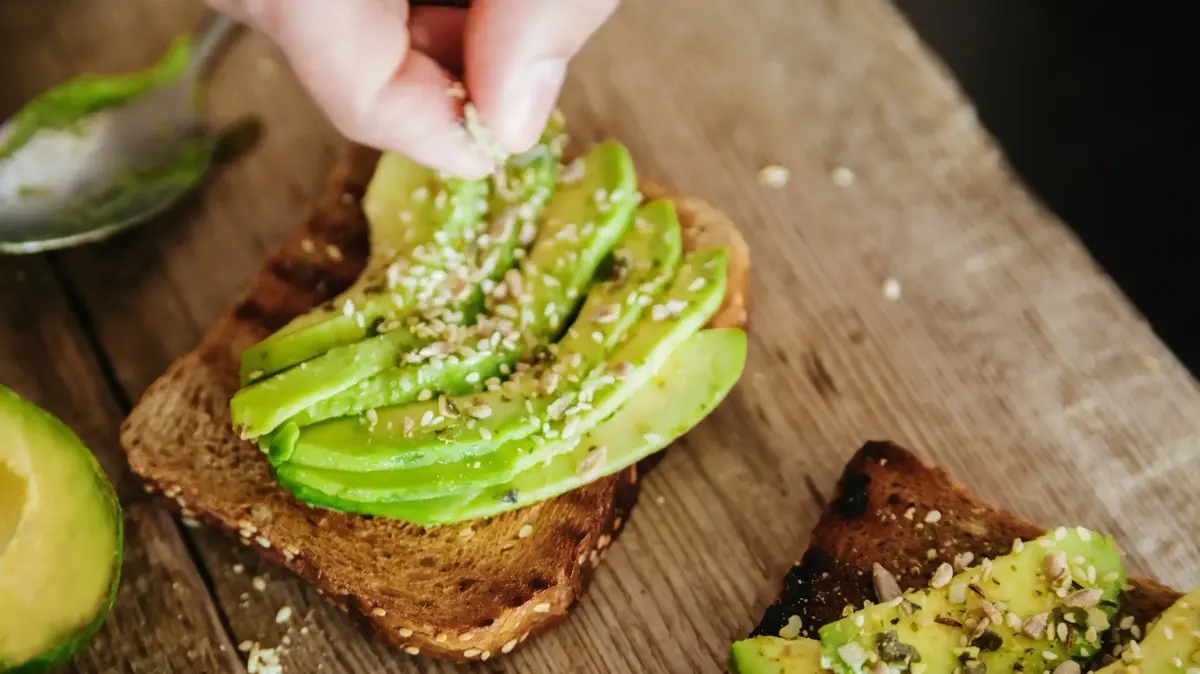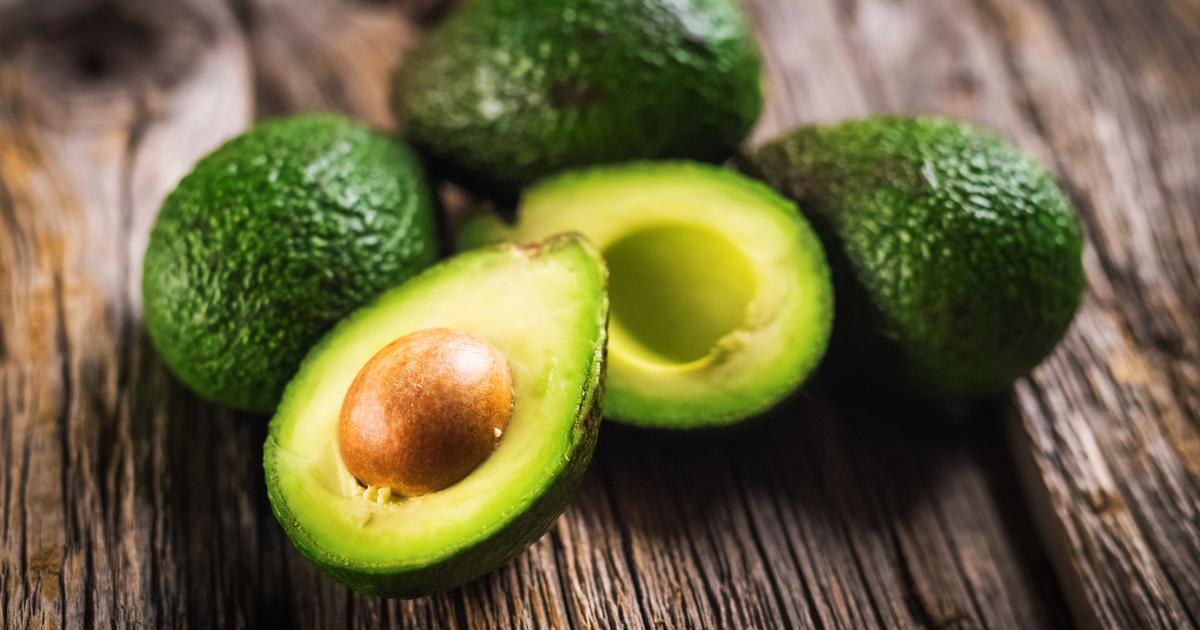With infinite patience, biologist Librada Alcaraz collects pollen from hundreds of flowers on the branches of an avocado tree of the Reed variety, whose fruit is rounded, has an exquisite flavor and offers great yields per hectare. With this material, the researcher pollinates, one by one, as many hundreds of flowers. This time, from avocado trees of the Hass variety, the most common on the market. The goal is to cross both families to get the best of each. Alcaraz is not alone in her work, she has the support of Alicia Talavera, also a biologist. She deciphers the genetic information of this tropical fruit to associate its genes with specific characteristics: from color to size, from fleshiness to productivity.Both work in the species improvement program of the Subtropical Fruit Growing Group of the Subtropical and Mediterranean Horticultural Institute located in Malaga. Its objective is to develop not only a more attractive, fleshy and tasty avocado, but also to make it more resistant to drought, yield more and produce all year round, among other characteristics.
The facilities of the La Mayora estate belong to the Higher Center for Scientific Research (CSIC) and are located on the outskirts of Algarrobo, a municipality of 6,000 inhabitants in the Axarquia region, east of Malaga. Its technicians are responsible for the fact that, in the 1960s, Californian strawberries traveled to Andalusia to settle in Huelva, where today they are one of the engines of its economy. In the 1970s, researchers imported another fruit, the avocado, they acclimatized it and now Malaga is the main producer in Europe, with 8,000 of the 18,000 hectares existing in Spain. Most are in Andalusian lands, but every year they grow in Valencia, the Canary Islands, Galicia, Asturias, the Balearic Islands or Catalonia. These are communities to which La Mayora transfers knowledge thanks to the Avocado Innovation Operational Group,whose main objective is to favor its correct expansion.
The biologist Alicia Talavera, in the laboratory. Garcia-Santos (El Pais)
The farm is divided into plots and greenhouses where they experiment with fruits such as longan, lucuma or soursop, as well as coffee or chocolate, products that may one day also be a Spanish brand. Today the work focuses especially on more established subtropical crops such as avocado. “Decades ago we started experimenting, analyzing cultivation or pruning techniques. Now is the time for scientific research”, says Iñaki Hormaza, who says that science seeks to provide solutions to new problems. The researcher points out that genetics is one of the most useful tools. In fact, the characterization of the avocado genome, whose draft has been carried out by the researcher Alicia Talavera in her thesis Development of genomic tools in subtropical fruits: avocado and chrimioyo, has been essential to obtain the first successes.It has allowed her to associate genes with specific characteristics of the fruit, as she herself published in the journal Nature. That is, knowing which ones correspond to their size, color, whether the shell is rough or peels easily, among many other aspects. To leave no room for doubt, the match between genes and characteristics is confirmed in the transgenesis laboratories, where it is scientifically validated under extremely controlled conditions.where it is scientifically validated under extremely controlled conditions.where it is scientifically validated under extremely controlled conditions.
This allows the selection of plants to be faster. Traditionally, the improvement of varieties took many years, because it was necessary for the specimens to become adults and bear fruit to check if the desired characteristics had been crossed. Now time has shortened: genomic characterization means that it is enough to analyze the DNA of newly germinated seedlings to know what their fruit will be like. Thus, ideal traits are more easily tracked, such as good productivity, organoleptic characteristics that the consumer likes, easy to peel skin or attractive color. But also that it is more resistant to pests, an aspect that Iñaki Hormaza emphasizes, especially due to the vulnerability of a market dominated by the Hass variety.
In La Mayora they also investigate the water consumption of avocado. "We are looking for a variety that can withstand more saline soils and harsh drought conditions," emphasizes Hormaza. In his team, the researcher Juan Losada has studied the system with which the mango transfers water and nutrients from the roots to the leaves and fruits. Based on the ability of plants to double their genetic material, he has found that tetraploid specimens - with their number of chromosomes doubled - have larger diameter vascular ducts. They are, therefore, more efficient in their work of transferring nutrients from the roots to the leaves and, also, more resistant to water stress. His next step will be to study it in the avocado, in search of a more productive fruit even with less water. As a complement,the center has demonstrated success by watering more frequently but in less quantity due to the shallowness of the roots of this tree. The researchers have achieved a productivity of 12 tons per hectare of the Hass variety, twice the Spanish average, to which they add water savings. This will benefit areas such as the Axarquia region itself, with historical shortages increased by the boom of the subtropics.
Research requires experimentation. That is where the biologist Librada Alcaraz has found several limitations in avocado production, as she explains in her study Fruit set in avocado: pollen limitation, size of the pollen load and selective fruit abortion. There are three main. The first is pollination. Although this tree generates millions of flowers, only 0.15% bear fruit. That is, of every thousand flowers, only between one and two are transformed into avocado. The main cause is that very few flowers receive pollen due to the lack of specialist insects: in Europe there are no insects that pollinate the tree in its native Central America. The traditional bet has been the honey bee, but it has limited effectiveness. “We have tried to triple the number of recommended copies,but the percentage is still very low”, says Alcaraz, who is now studying other solitary species that manage to improve the figures.
Iñaki Hormaza, in the center, along with the rest of his team from the 'La Mayora' Experimental Station. Garcia-Santos (El Pais)
There is another factor that conditions production: the flower initially opens in the female state -for just a few hours- in the morning. It closes and, the afternoon of the following day, opens in a masculine state. It is at this time that most insects deposit pollen, making germination impossible (for it to set, the flower should be female). Now the Subtropical Fruit Growing Group is analyzing whether planting other avocado varieties that have an opposite rate of opening - first male and then female - will improve pollination performance without affecting the farmer's profitability. The third reason is that few pollinated flowers manage to bear fruit due to lack of nutrients. Researchers seek to know the exact moment that determines whether or not a flower will have the ability to form an avocado and thus,establish tools to increase performance.
Another study focuses on the adaptation of varieties that allow Spain to produce avocado throughout the year. Today the majority, Hass, produces fruit only from December to April, so the rest of the year Spanish companies import fruit from Latin America to serve it on the market or re-export it to Europe, pulling, to a lesser extent, minority varieties: April Lamb hass to June, Reed from June to August, Bacon between September and October and Fuente in November and December. La Mayora has the largest subtropical germplasm bank in Europe where, in addition to 300 species of mango and 80 of cherimoya, there are a hundred avocados. Genetics and field work will allow the ideal avocado to be obtained by crossing any of them.
You can follow
MATERIA
on
,
and
, or sign up here to receive
our weekly newsletter
.



/cloudfront-eu-central-1.images.arcpublishing.com/prisa/MQPLNP4GFRGSTNSIE5S7UBSP64.jpg)




